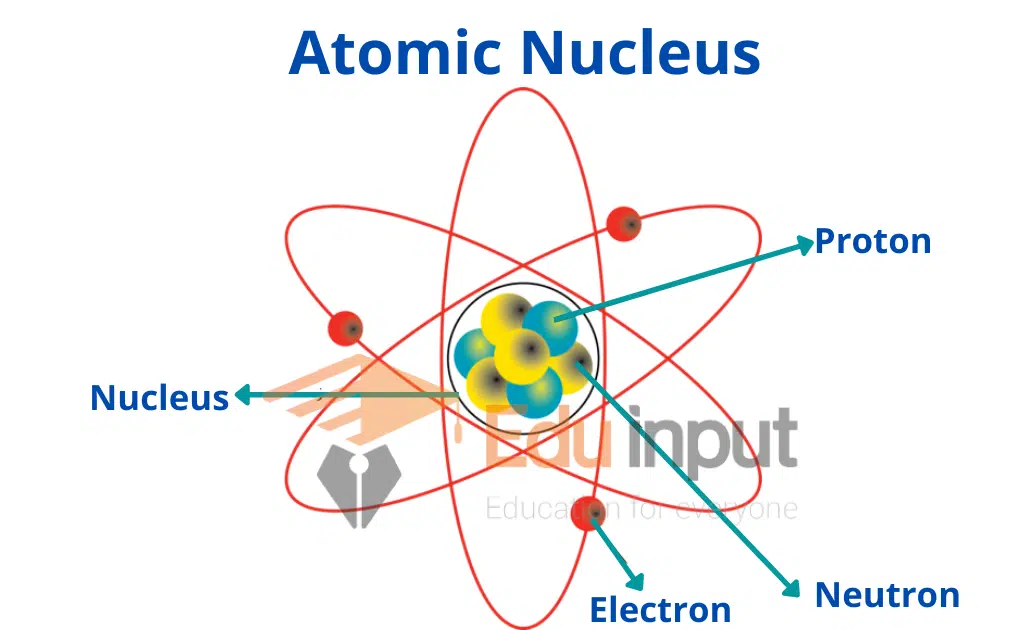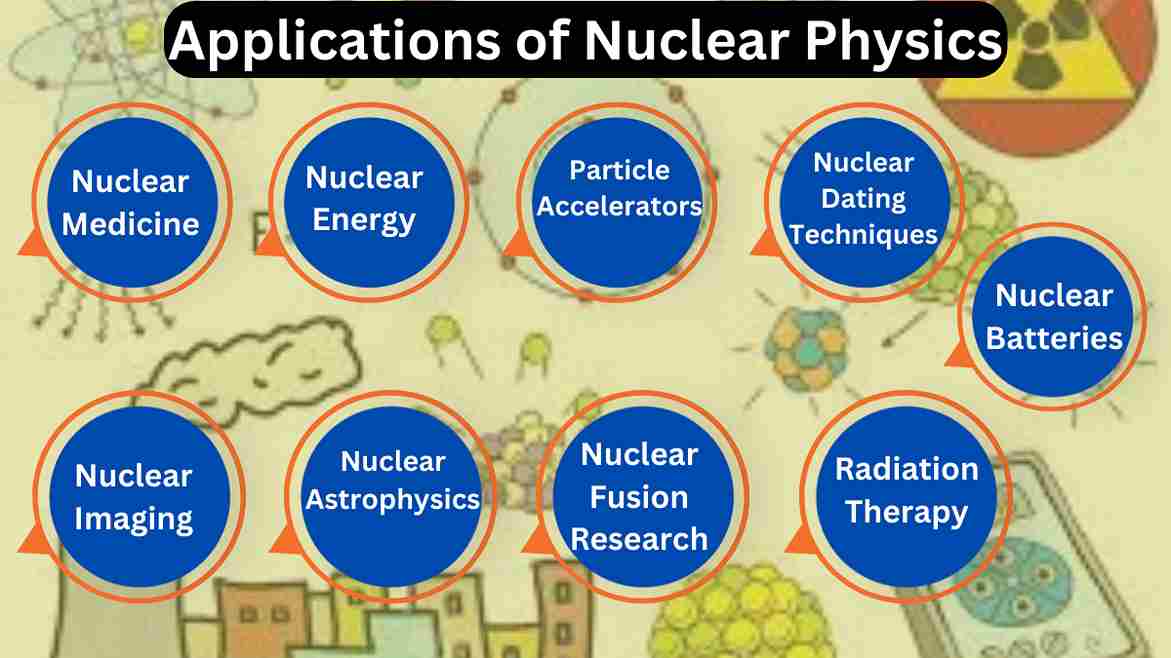Gamma Radiation-Definition, Discovery, Sources, And Uses
Gamma radiation is electromagnetic radiation of the shortest wavelength and highest energy. Gamma radiation is released by the disintegration of radioactive atoms and is also created during the decay of certain subatomic particles.
Discovery of Gamma Radiation
The radioactive decay process, called gamma decay, was the first source to be discovered. Paul Villard, a French chemist, and physicist discovered gamma radiation in 1900 while studying radiation emitted from radium.
The alpha rays, first noted as “radioactivity” by Henri Becquerel in 1896, were discovered to be a less penetrating form of radiation than previously described by Villard.

In 1903, Villard’s radiation was recognized as being of a type fundamentally different from previously named rays, because Villard did not consider naming them as a different fundamental type.
One of the reasons that gamma rays are different from alpha and beta rays is due to the fact that they are not easily diverted by a magnetic field.
Sources of Gamma Radiation
Natural sources of gamma rays on Earth include decay from naturally occurring radioisotopes such as potassium-40, and also as secondary radiation from various atmospheric interactions with cosmic ray particles.
Natural sources can produce gamma rays that are not from a nuclear facility. Terrestrial gamma-ray flashes are the emissions produced by lightning and lightning. Nuclear reactions that are taking place deep in the sun’s core produce the gamma rays that we see coming from the sun.
Miniature atomic nuclei contain one or more negatively charged electrons, they can be thought of as the smallest particles in an atom.
They are the main building blocks of matter. Before they reach Earth’s atmosphere, a lot of the high-energy gamma rays are taken out. Humans produce a lot of Gamma rays, which are not very common naturally.
Fission reactions in Nuclear reactors, as well as high-energy physics experiments, such as neutral pion decay and nuclear fusion, are some of the artificial sources of gamma rays. This is a sample of material that emits rays of light.
The more generic term for radium is a radioactive source, which also applies to alpha and alpha-emitting sources. Nuclear sources are usually kept inside lead-lined containers, and transported in heavy lead shielding.
Properties of Gamma Radiation
The penetrating nature of gamma rays makes it hard to shield them. Living cells need to be prevented from reaching a critical level. Materials with high atomic numbers and high density contribute to the stopping power.
Lead’s major advantage is not in being lighter, but rather its greater density, which makes it a better shield than an equivalent mass of shielding material made out of aluminum, concrete, water, or soil. It’s not possible to protect against alpha or beta radiation with protective gear.
Uses of Gamma Radiation
gamma radiation is used to kill organisms in irradiation. The removal of decay-causing bacteria from many foods and the prevention of the sprouting of fruit and vegetables are some of the applications of radiation.
The gamma rays kill cancer cells, so they’re used to treat other types of cancer. In the procedure called gamma-knife surgery, multiple beams of rays are directed at the growth in order to kill the tumors The aim of the beams is to concentrate the radiation on the growth.
Related FAQs
What does gamma radiation do to the body?
Gamma rays can pass completely through the human body; as they pass through, they can cause ionizations that damage tissue and DNA.
Is gamma radiation harmful to humans?
Gamma rays are the most harmful external hazard. Beta particles can partially penetrate the skin, causing “beta burns”. Alpha particles cannot penetrate intact skin. Gamma and x-rays can pass through a person damaging cells in their path.
What causes gamma radiation?
They are produced by the hottest and most energetic objects in the universe, such as neutron stars and pulsars, supernova explosions, and regions around black holes. On Earth, gamma waves are generated by nuclear explosions, lightning, and the less dramatic activity of radioactive decay.







Leave a Reply